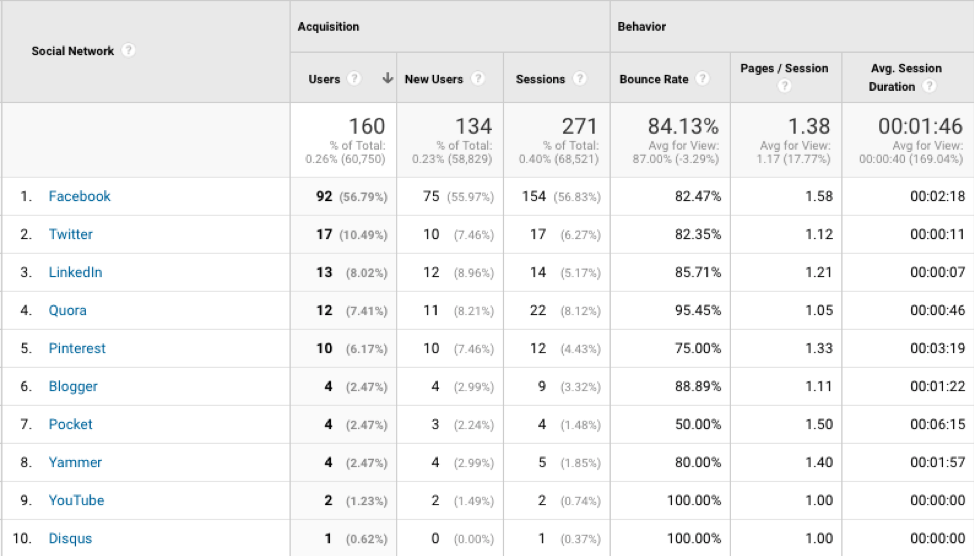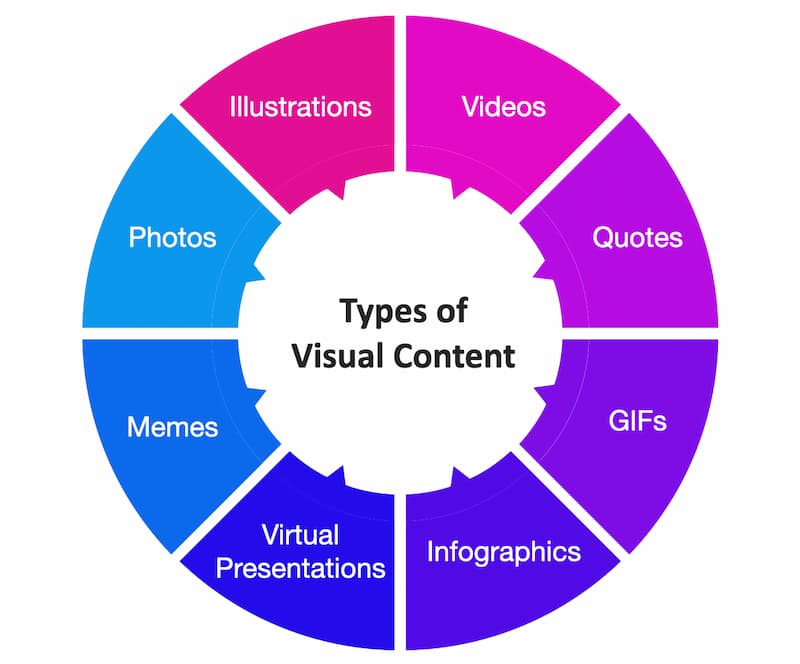
Your marketing white paper is most effective if you have an influential person to help. Their social media followers are large and can increase your content's visibility more than traditional journalists. Influencers are a key part of the digital age's business trends and public opinion. Your marketing whitepaper can be published in major publications if you get their shares. Look for influential people in your field. Look for content that is popular and has a large following.
White paper on case study with dedicated landing pages
A well-written white paper should have a dedicated landing page which highlights the many benefits of downloading it. A dedicated landing page is more effective than a general website in converting visitors. It should have a strong image that highlights the benefits of downloading a whitepaper and a CTA link that stands out from a gray form. Also, a simple orange arrow beneath the form title provides a visual cue that catches a visitor's eye. However, the headline doesn’t communicate the benefit of downloading white paper and the form includes nine fields including "email". This unorthodox form design could make a visitor feel intimidated by its length, and lacks subheads or bullet points, which are essential for attracting visitors' attention.
White paper case study with subheadings

White papers are used to make a point and establish authority. A case study serves a similar purpose but with a different purpose - to convince a potential customer to take action. This article will show you how to create a whitepaper with subheadings. Let's first discuss the differences between white papers and case studies. Case studies are short reports on a specific topic. White papers explain how technology works behind a specific product or system. It educates the reader on the topic, and typically includes solutions to the problem.
Whitepaper case study with data visualizations
A case study whitepaper should be visually appealing. Visuals are helpful in helping the reader comprehend how to use the data you provide to solve a problem. A white paper with a good design will include a data visualization. Diagrams can be used to better understand data visualization. This type of presentation appeals to spatial learners. Use the same colors throughout if your white paper is intended to teach new technology.
It is well-researched content
For the best results, your marketing white paper should be based on well-researched content. Even though it may not be within your budget for marketing, it's important to carry out original research and gather statistics. A well-researched whitepaper will make you an authority source and have the desired effect. This paper also helps to increase sales. DemandGen found that nearly half of respondents responded to a survey saying they would trade personal information in return for a whitepaper marketing.
Content that is well-structured

Marketing white papers are an essential tool for technology companies. White papers are highly valued by IT buyers, as they serve as reliable resources to solve business problems. According to the 2020 Content Preferences Study (PDF), white papers ranked second to videos in the B2B buying cycle. Here are some tips to help you write high-quality whitepapers.
FAQ
What is the best Content Management platform?
There are many options available today. Each platform has its pros, and each one has its cons. These are some of the most popular choices:
-
WordPress is simple to set-up and manage. Amazing community.
-
Wix – Setup and maintenance is much easier than WordPress You don't need any technical knowledge.
-
Squarespace - The best option for people who have a website.
-
Blogger – Free blogging service
-
Medium – A place for writers and artists to share their work.
-
Instagram - An image-based platform.
-
LinkedIn – A networking tool.
-
Facebook - A social network.
-
YouTube - A video sharing platform.
-
Pinterest - Image-based platform.
-
Google Analytics - Track visitor behavior.
-
Hubspot: Email marketing software.
-
MailChimp - Email marketing software.
How long should I expect my content marketing campaign to last?
It depends on the industry and what type of product or service is being offered.
One example is if your company sells shoes. You might spend one month designing a new model. This could be an example: You launch a new product in August. Then, you continue to improve it throughout the year.
If you are selling clothing, one look might be for spring and one for fall. It is your goal to offer new and exciting products so that your audience never gets bored.
Your goals will influence the time your content marketing program is effective. You may only need one channel for small businesses. Larger companies may need to use multiple channels to reach their target audience.
How can Content Marketing Strategy help you?
Content Marketing Strategy grants you access to data that you would not otherwise have. This data allows you measure the success of different types content.
It will help you determine the best strategies to increase traffic to your website. It gives you insight into your audience to help you develop better content.
This allows you to spend less time worrying about which content is good and more on what works.
An analysis of your audience's response to your messages can be done through a Content Marketing Strategy.
Analyzing these messages will help you determine what content your customers prefer. This will allow you to create similar pieces of content, and help keep your ideas alive.
Finally, a Content Marketing Strategy will help you track how your content performs. You can see which content types convert well by sharing more.
A Content Marketing Strategy is essential to ensure your content performs according to its intended purpose.
How does content marketing differ from traditional advertising?
While traditional advertising focuses on getting attention and content marketing on providing value, it is not as effective. Traditional advertising is often a waste because most people ignore them. However, content marketing can lead to much higher engagement rates.
Statistics
- According to our research, 65% of companies with very successful content marketing in 2021 ran content audits at least twice a year. (semrush.com)
- Content marketing produces 3X more leads per dollar spent. Content marketing costs 62% less than traditional marketing. (criteo.com)
- Forty-seven percent of buyers view 3 to 5 pieces of content before engaging with a sales representative. (mailchimp.com)
- This marketing strategy landed Ford a 15.4% conversion rate. (neilpatel.com)
- Out of the 1,500 marketers we surveyed for our State of Content Marketing report, 78% who felt their content marketing strategy was exceptionally effective in 2021 had documented their strategy. (semrush.com)
- To further show the importance of this, 89% of people have stopped doing business with a company because of a poor experience. (neilpatel.com)
- Companies that use content marketing see approximately 30% higher growth rates than businesses not using it. (mailchimp.com)
- Measure your goals with a progress indicator of 0-100%. Make your goals collaborative and transparent (semrush.com)
External Links
How To
What is a Content Marketing Strategy?
A content market plan (CMP), a strategic document, helps you identify your goals, objectives, strategies, and methods for building and executing your online presence. It is a guideline for achieving those goals through content creation, distribution, and other means.
The CMP can be broken down into three areas:
-
Your overall strategy - What are you looking to achieve?
-
Your content strategy: Where do you find the right people to create, curate, or distribute your content?
-
The tactics you'll use to execute your strategy - Which channels will you use to share your content? Which types of content can you create?
These are the components that make a CMP effective.
-
Goal Setting – Define your target audience. Set measurable KPIs that will measure success.
-
Audience Research – Understand your ideal customer so that you can find them exactly where they are.
-
Strategy – Create a clear vision for where you are going. Divide it into smaller chunks.
-
Execution - Set realistic expectations around when you expect to see results from your efforts.